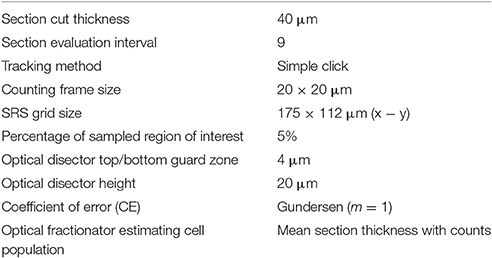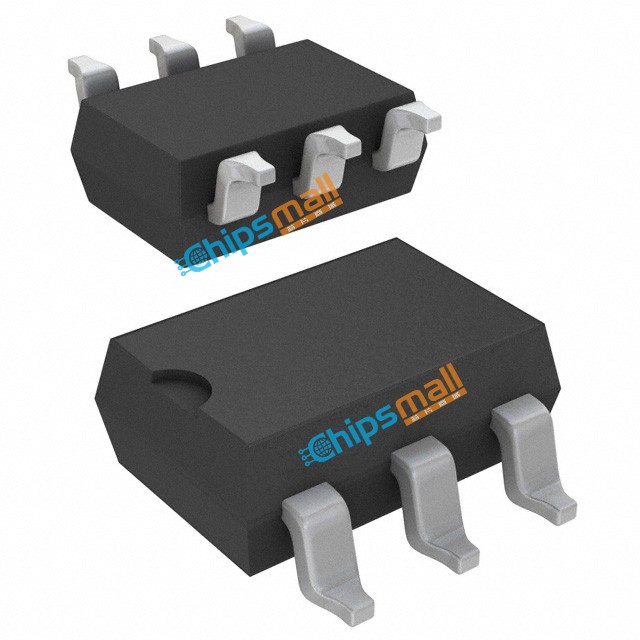

The controversies have thus raised a fundamental question: Can one construct an optical isolator by using a linear and time-independent optical system? The answer to this question by the authors of Ref. acknowledge that their structure, as a one-way mode converter with asymmetric mode conversion, is Lorentz reciprocal, which states that the relationship between an oscillating current and the resulting electric field is unchanged if one interchanges the points where the current is placed and where the field is measured and on its own cannot be used as the basis of an optical isolator. made a scattering matrix analysis for relevant forward and backward modes of the structure and argued that the structure is essentially reciprocal and cannot enable optical isolation because it possesses a symmetric coupling scattering matrix. However, whether or not nonreciprocal transport of light can happen in the structure has raised hot controversies 22, 23. reports a passive silicon optical diode based on one-way guided mode conversion 20. Recently several schemes to realize unidirectional transport of light through linear and passive photonic structures have been proposed 19, 20, 21, which are essentially based on the principle of spatial-inversion symmetry breaking. Their diode is truly passive without external field, but has disadvantages such as large loss of isolation signal (at least -35dB loss), a relatively large size and slow response due to the usage of high-Q ring resonators. Qi's group reports an on-chip optical diode by using the optical nonlinearity of silicon 18. Their diode has good isolation signal but highly depends on the external magnetic field which could influence other devices near the diode. Ross's group uses traditional magnetism to construct isolators by monolithically integrating a phase-pure polycrystalline (Ce 1Y 2)Fe 5O 12 (Ce:YIG) films on silicon 17. In 2011 several groups reported on-chip silicon diodes in the regime of time-reversal symmetry breaking. However, practical applications of these approaches are limited for the silicon photonics because of their incompatibility with conventional CMOS processing, which have demonstrated generating, modulating, processing and detecting light signals for next-generation optical communications 14, 15, 16. Up to now several schemes have been implemented to break reciprocity, including magneto-optical isolators 7, 8, 9, nonlinear optical structures 10, 11 and time-dependent optical structures 12, 13. An efficient routine to create optical isolation is via time-reversal symmetry breaking 5, 6. It is used to shield equipment on its input side, from the effects of conditions on its output side for example, to prevent a microwave source being detuned by a mismatched load. Conventionally, an isolator is a two-port device that transmits microwave or radio frequency power in one direction only. Although widely used in lasers and optical communications, such devices are still lacking in semiconductor integrated photonic systems because of challenges in both materials integration and device design 2, 3, 4. It provides critical functionalities such as optical isolation and circulation in photonic systems. Isolation of light is fundamental in information processing 1. The occurrence of in-plane light isolation is attributed to the information dissipation due to off-plane and side-way scattering and selective modal conversion in the multiple-channel structure and has no conflict with the reciprocal principle. Both numerical simulations and experimental measurements show that the round-trip transmissivity of in-plane infrared light across a silicon photonic crystal slab heterojunction diode could be two orders of magnitudes smaller than the forward transmissivity at around 1,550 nm with a bandwidth of about 50 nm, indicating good performance of optical isolation.


Here we demonstrate optical isolation of infrared light in purely linear and passive silicon photonic structures. Recently there have appeared hot controversies upon whether isolation of light can be realized via linear and passive photonic structures. On-chip optical isolation plays a key role in optical communications and computing based on silicon integrated photonic structures and has attracted great attentions for long years.


 0 kommentar(er)
0 kommentar(er)
